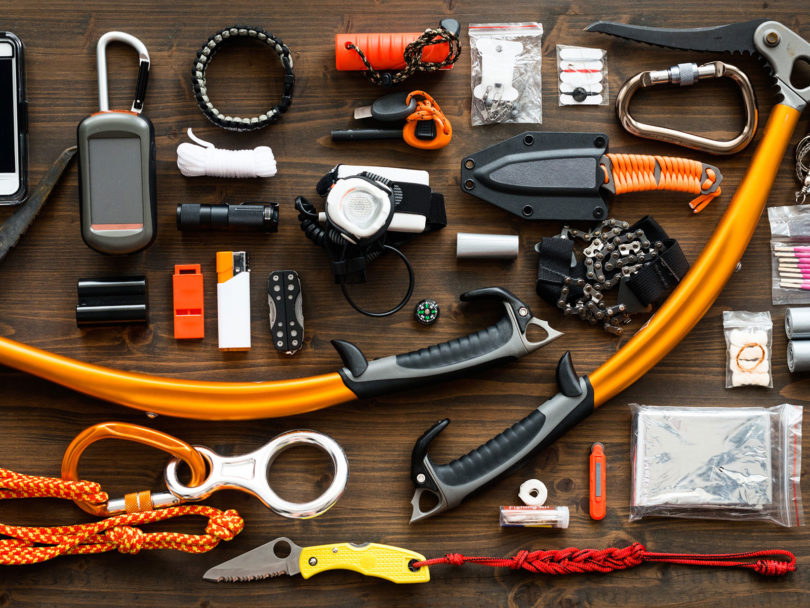Just as you would routinely deep-clean your home, you should clear out and clean your workout gear regularly, too, including apparel and equipment. Proper maintenance of your gear makes it last longer and helps you stay healthy and safe.
“Replace your running or workout apparel when it is worn out, frayed, holey, stretched out, no longer fits or no longer repels water,” suggests Jim Elder, who operates Colonial Sports in Williamsburg, Va.
Elder recommends washing workout clothing often with cold water and hanging them out to dry. “Generally, your clothes and gear will look fresh and will not stink if you clean or wash them,” he says. “Hand washing is always the best method. If you put them in the washing machine, wash in cold water and do not put in the dryer.” Ken Holmes, a training team coach and assistant manager of Point 2 Running Company in Newport News, Va., suggests replacing items once a season, if necessary.
“With workout clothes, you just want to make sure they fit properly,” Holmes says. “If they’re too small or too big, the garment could cause some chafing, which isn’t comfortable. If you’re running to lose weight, you’re going to have to buy new running clothes often, which is awesome. Ultimately you want to be comfortable, and you don’t want to wear tattered clothing.”
Socks should be replaced when they have holes in them. Women should replace sports bras every six months.
“As for shoes, the general guideline for replacing them is once every six to eight months or every 300-500 miles, but your body will tell you when it’s time to get new ones,” Holmes says. He recommends avoiding washing shoes if they are muddy. “Washing your shoes with detergent in the washer or even with soap by hand can cause the midsole to degrade faster, which means you’ll have to buy a new pair of shoes quicker,” Holmes explains. “However, if my shoes get soaking wet on a run, I’ll take some old newspaper and wad it up and stuff my shoes. The newspaper will absorb the water in 24 hours; just be sure to check the paper periodically and replace it if it’s soaking wet.”
It’s also important to frequently sanitize sports and exercise equipment such as balls, weights, mats, gym bags and earbuds, if you listen to music while you are working out. If you are getting fit in a public facility, be sure to wipe down any shared equipment before and after use to avoid the spread of germs and illnesses.
“I typically clean everything after I use it,” Holmes says. “I take a Lysol wipe and wipe all of my things down after I use them.”
Meanwhile, for safety reasons, cyclists should replace helmets every three to five years, or if any cracks develop in the helmet. Other sports and exercise equipment should also be replaced if it is torn, broken, worn out or poses a risk for injury.

